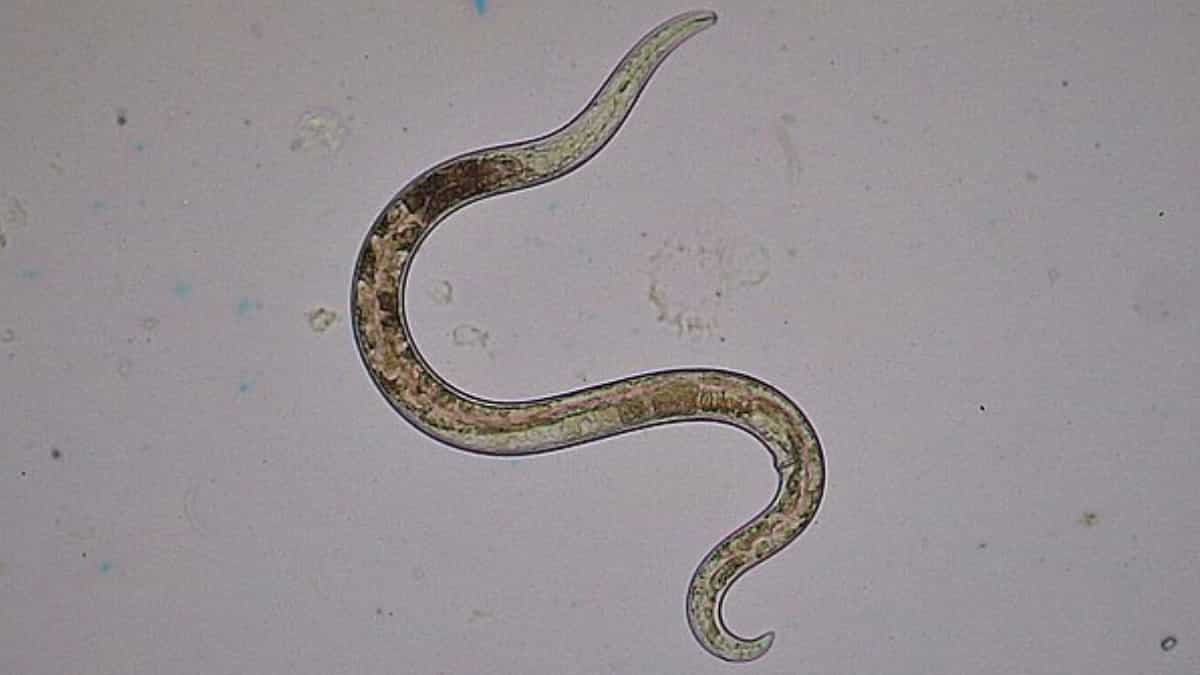The Incredible Survivors of Chernobyl: Roundworms Thriving in Radiation

The Chernobyl Disaster
In April 1986, the Chernobyl disaster triggered a catastrophic accident that killed over 30 people within three months and many more in subsequent months. This event led to the evacuation of about 14,000 residents from the area, transforming it into a ghost town.
Current State of Chernobyl
Today, Chernobyl remains largely uninhabitable due to high levels of radiation, with scientists estimating it could take thousands of years before the radioactive zone is safe for human habitation.
The Resilience of Roundworms
Despite the perilous conditions, some species of roundworms have been discovered thriving within the contaminated grounds. Their ability to survive in such extreme environments offers valuable insights into biological resilience.
Conclusion
The survival of these roundworms in Chernobyl’s radioactive landscape highlights the adaptability of life and may pave the way for future studies in radiation tolerance.
This article was prepared using information from open sources in accordance with the principles of Ethical Policy. The editorial team is not responsible for absolute accuracy, as it relies on data from the sources referenced.